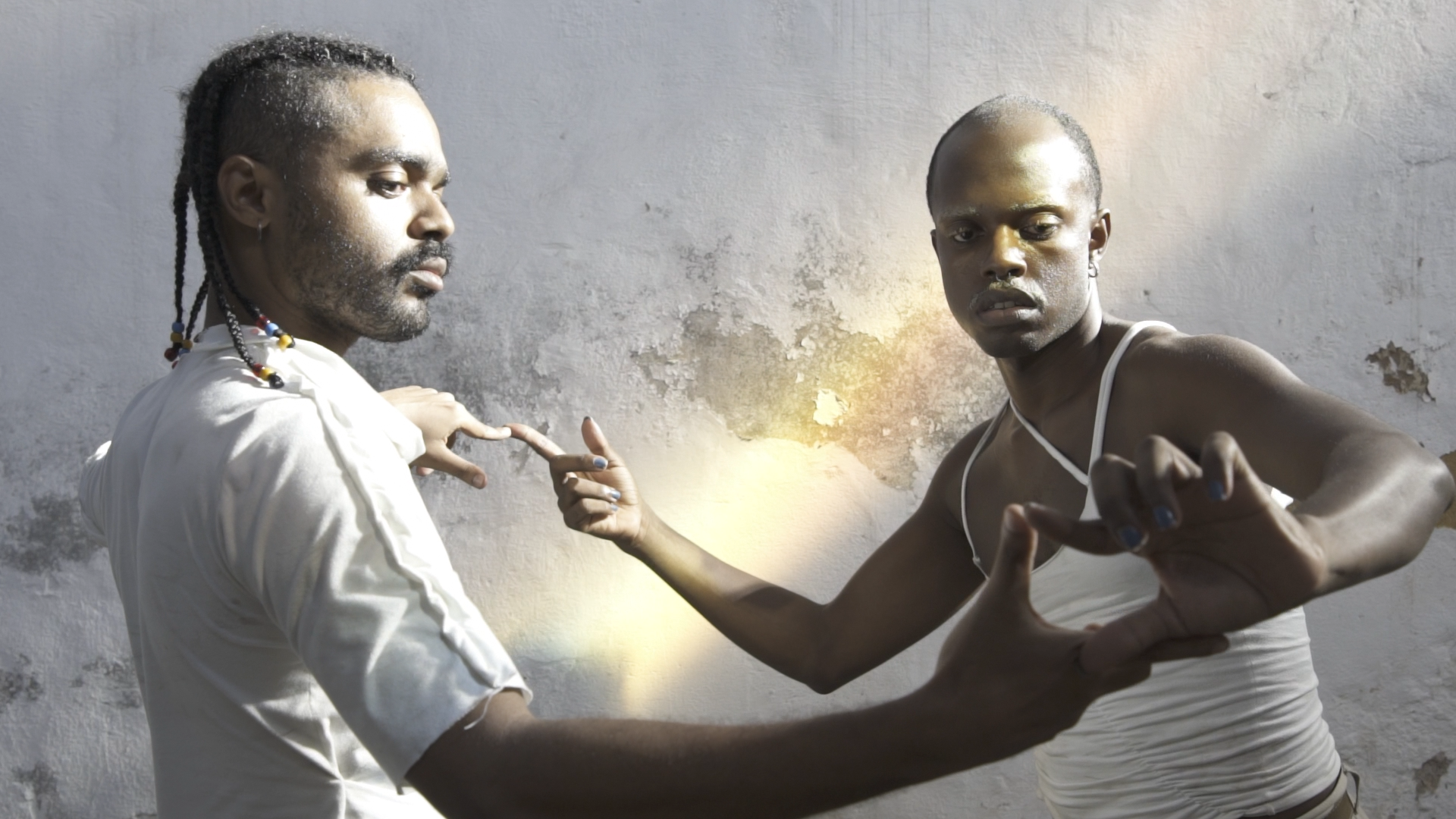Dispatch: São Paulo
[21 de junho de 2021]

Before I dive into the artistic scene that has developed in ecent years in São Paulo, I must draw attention to a fact: I was born and raised in Rio de Janeiro, but am in love with the so-called “land f drizzle.” My observations, therefore, come both from the frequency with which I visit and work in São Paulo, as well as from the inevitable otherness of my relationship with the metropolis.
Where to start? We cannot forget: Brazil and particularly São Paulo—the most populous of the capitals of the 26 states that constitute the country—are in crisis due to Covid-19. There have been round 30,000 related deaths
in São Paulo—that is almost ten percent of the deaths in all of Brazil. It is difficult to analyze any artistic scene in the country without also
putting this data in dialogue with the rise to power in 2019 of President Jair Bolsonaro, whose term will be until 2022. His government—from
the extreme right and full of apologies to fascism—has been remarkably irresponsible in mitigating the pandemic.
A corollary to Bolsonaro’s politics and the heightening of right-wing sentiments has been the development of artistic projects that are politically engaged or often seen from that perspective. In this sense, regarding the city’s museums, it would be remiss not to mention the
São Paulo Museum of Art and its programming based on “stories.” In 2018, five curators—Ayrson Heráclito, Hélio Menezes, Lilia Moritz
Schwarcz, Tomás Toledo, and the director of the museum, Adriano Pedrosa—organized the exhibition “Afro-Atlantic Histories,” which shone a light on narratives of Blackness in the many relations between Brazil and the Atlantic Ocean. The project had great international reverberation and is a good example of how, in the last five years, the Brazilian art scene has
critically revisited its White and Eurocentric narratives.
Sustaining this momentum, the exhibition “Véxoa: We Know,” curated by Naine Terena, was held in 2020 at the Pinacoteca de São Paulo, the largest public museum in the city. This was the first time that the institution, with a history that begins in the early 20th century, had mounted an exhibition dedicated to the art of the original people of Brazil. The same organizations that at different times helped cement heterosexual White
male artists at the center of notions of “Brazilian art” are now gradually trying to write new pages in their stories and attract the attention of a non-specialized public that is increasingly interested in discussing racism, the presence of women artists, and the colonial traumas that are ingrained in Brazilian society.
In tandem, an unprecedented process is unfolding: the institutionalization of non-White artists and curators in Brazil, including in the commercial landscape. While most galleries still have a majority of White artists, they
are increasingly representing Afro-Brazilian artists and organizing collective projects around the many identity narratives that form the
country. Against this backdrop, projects such as Galeria Diáspora stand out. Founded by the Chinese-Brazilian Alex Tso, whose content
collaborator is Luciara Ribeiro, an Afro-Brazilian curator and researcher of different generations of Black and Indigenous curators working in the country, the gallery represents artists including Yoko Nishio, Moisés Patrício, and Marcel Diogo. Even though the biographies of these practitioners are related to diasporas, their research differs. Galeria Diáspora thus showcases the many artistic and existential interests of artists seen as racialized. Another noteworthy project is Hoa.Tour, directed by artist Igi Lola Ayedun. Mostly internet-based, the gallery is also dedicated to presenting eripheral artists, but warns in its manifesto, “Do not bossa nova us,” that is, do not exoticize us.
Independent spaces and cultural centers have also consistently reviewed their practices and the profiles of artists participating in their residencies, talks, and exhibitions: just look at the recent programs of Pivô, Ateliê 397, Auroras, Instituto Moreira Salles, and Centro Cultural São Paulo to see that new winds have guided the navigation of visual arts in the city. Collectives such as Lótus (with Asian female artists of diverse ancestries) and Nacional Trovoa (comprising non-White women practitioners and established in Rio de Janeiro but active throughout the country) have been gaining space, showing their work, and teaching the public about many intersectionalities.
In this fragile moment in history, driven by the large number of public and private institutions, commercial galleries, independent spaces, artists, and curators in the city, São Paulo has presented some of the most culturally diverse programs in the history of visual arts in the country. Let us not forget, however, that Brazil is much larger than São Paulo and that, even with its important role in the art economy, the city represents only a portion of the experimentation in the country.
(texto escrito para a edição 124 da ArtAsiaPacific, publicada em julho/agosto de 2021)